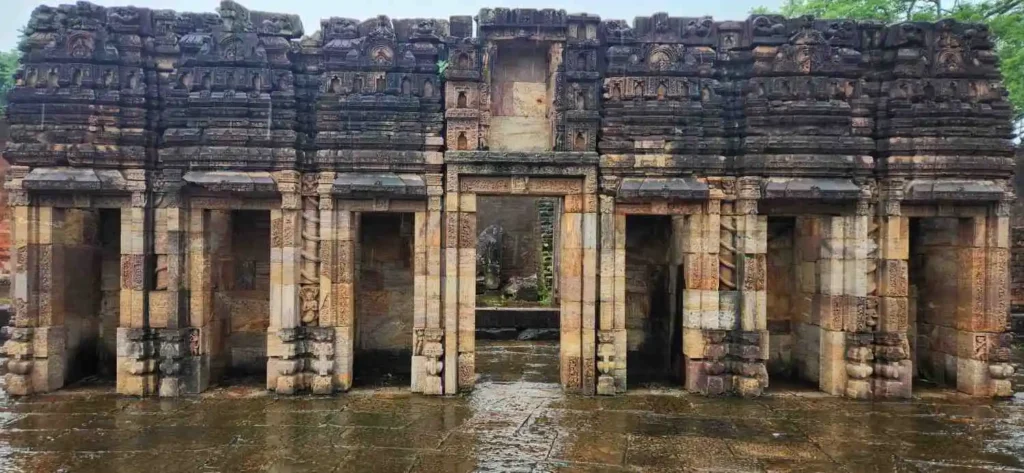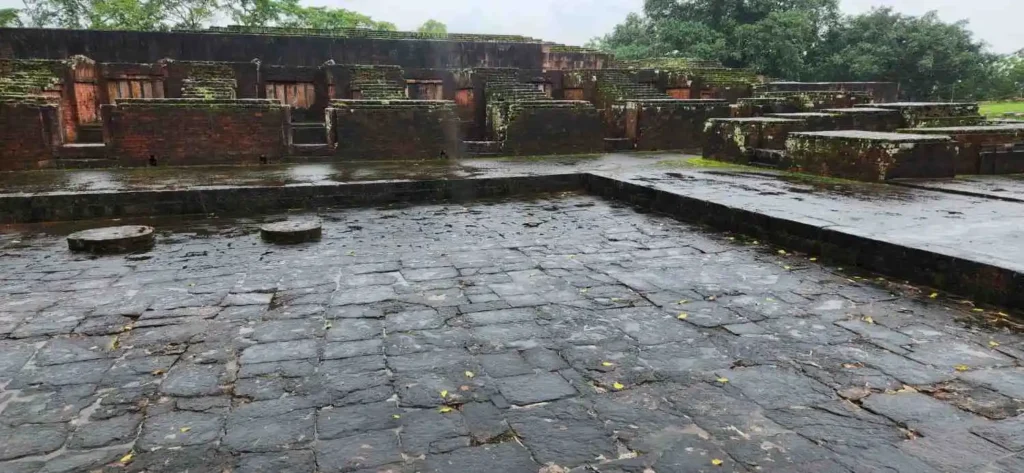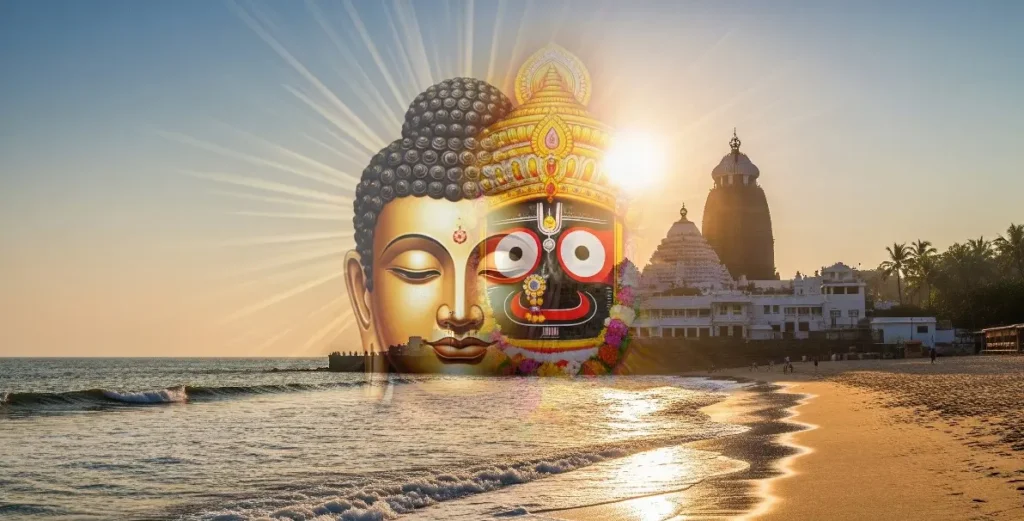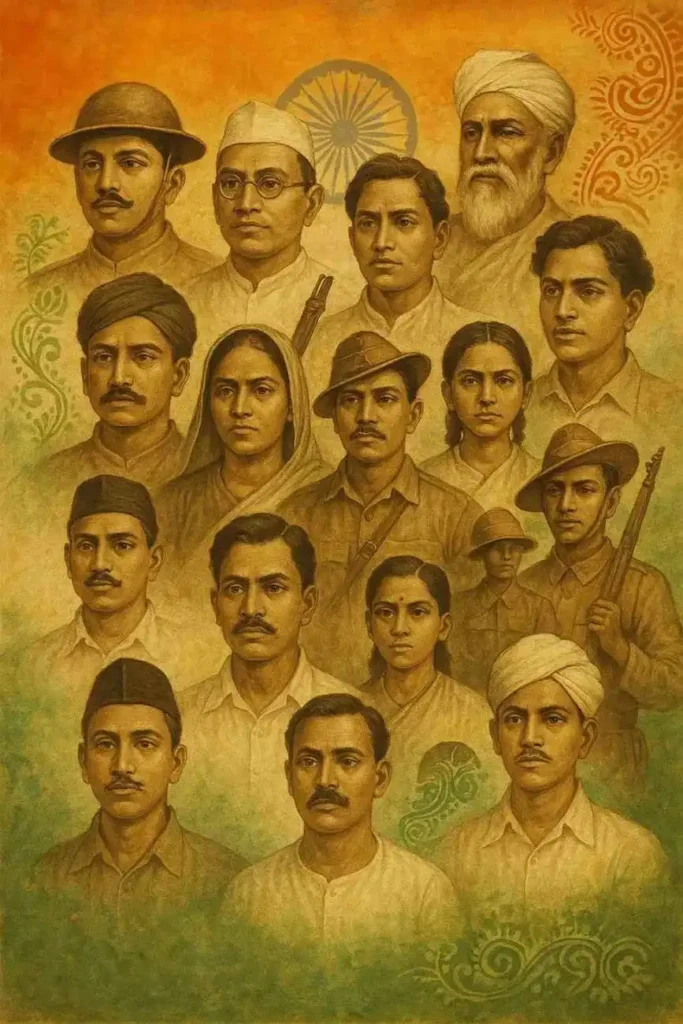
Table of Contents
Introduction: Why This Blog is Worth Your Time
If you’re someone who loves to explore heritage destinations, or if you’ve always been curious about India’s ancient Buddhist history, then Ratnagiri in Odisha’s Jajpur district is a destination you shouldn’t miss. In fact, more than just an archaeological site, Ratnagiri is a living testament to India’s deep-rooted Buddhist legacy.
Where is Ratnagiri Located?
Let’s start with the basics – where exactly is this sacred site?
Ratnagiri is located about 70 kilometers from Cuttack and approximately 40 kilometers from Jajpur town.
Notably, it is situated strategically between the rivers Birupa and Brahmani.
In addition, it also forms one corner of the famous Buddhist Diamond Triangle, along with Lalitagiri and Udayagiri.
Notably, it is situated strategically between the rivers Birupa and Brahmani.
In addition, it also forms one corner of the famous Buddhist Diamond Triangle, along with Lalitagiri and Udayagiri.

The Origin and Legacy of Ratnagiri – A Sacred Buddhist Monastery
The name Ratnagiri literally translates to “Hill of Jewels”. Indeed, true to its name, it holds priceless spiritual and historical gems.
Historical Background
- Historically, It flourished between the 5th and 13th centuries AD, with major construction taking place during the 7th to 10th centuries.
- Moreover, it is believed that Gupta King Narasimha Baladitya established this site in the early 6th century AD.
- Interestingly, it was also a key center for Tantric Buddhism, specifically associated with the Kalachakra Tantra.
What to Explore at Ratnagiri – A Visual and Spiritual Feast
Monastery 1 – The Architectural Masterpiece
- To begin with, the largest and most elaborate monastery on-site.
- Moreover, it features a spacious courtyard, 24 monastic cells, and a 12-feet-high seated Buddha statue.
- Furthermore, the doorway is adorned with carvings of river goddesses, floral scrolls, and mythical guardians.
- Indeed, it is known as “the loveliest entrance to a structural monastery in India,” according to scholar Debala Mitra.

Main Stupa – Center of Worship
- Initially built in the 9th century, now standing about 5.2 meters tall.
- Moreover, it is surrounded by over 700 smaller votive stupas, many showcasing intricate carvings and deity sculptures.
- In fact, most stupas are carved from a single stone, symbolizing Buddhist cosmology.
Sculptures and Seals
- To begin with, statues of Tara, Avalokiteswara, Manjusri, Hariti, and other Bodhisattvas have been found.
- Furthermore, over 1,300 clay seals discovered here bear the inscription: “Sri Ratnagiri Mahavihariya Aryabhikshu Sanghasya”
- As a result, these artifacts indicate that Ratnagiri was once home to a thriving monastic community.
Recent Discoveries – Adding New Layers to Ratnagiri’s Significance
In 2025, this site made headlines with the discovery of India’s largest Buddha head statue, measuring over 2.1 meters high. As a result, this remarkable find has reignited academic and tourist interest in this serene and powerful place of meditation and learning.
What Makes Ratnagiri Unique Among Buddhist Sites?
- In fact, Ratnagiri stands out for its artistic richness and spiritual depth.
- Unlike many other sites, it houses colossal statues, elaborate monasteries, and rare tantric symbols.
- Moreover, it also features Hindu-Buddhist syncretic imagery, like Hariti, a goddess adopted by both traditions.
How to Reach Ratnagiri – Your Travel Guide
By Road:
From Cuttack or Jajpur, it’s a scenic 60–70 km drive through the Odisha countryside.
Best Time to Visit:
October to March – The weather is ideal for walking tours and exploration.
Entry & Facilities:
- Firstly, the ASI-managed Museum on-site showcases artifacts and sculptures.
- In addition, clean rest areas and basic tourist amenities are available.
People Also Ask – Answers to Common Questions
1. What is the importance of Ratnagiri in Buddhist history?
It’s a key center of Mahayana and Tantric Buddhism, and part of Odisha’s Diamond Triangle. Moreover, it served as a major seat of learning and spiritual practice.
2. What are the must-see attractions?
Don’t miss the main monastery, 700+ small stupas, the massive seated Buddha statue, and, finally, the on-site museum.
3. Is Ratnagiri the same as Ratnagiri in Maharashtra?
No. Instead, this one is in Odisha’s Jajpur district, renowned for its ancient Buddhist legacy.
4. Are there any entry fees?
Additionally, there may be a nominal entry fee for the museum, as maintained by the Archaeological Survey of India.
5. Is it suitable for a family trip or educational tour?
Indeed, it’s ideal for students, families, history lovers, and anyone interested in cultural tourism.
Conclusion
Ratnagiri is not just a destination—it’s a journey through time.
Indeed, as you walk through its ancient corridors, moreover, gaze upon its sacred stupas, and furthermore, admire the spiritual artistry etched in stone, you’ll feel a powerful connection to India’s Buddhist past.
Indeed, as you walk through its ancient corridors, moreover, gaze upon its sacred stupas, and furthermore, admire the spiritual artistry etched in stone, you’ll feel a powerful connection to India’s Buddhist past.
So, plan your visit to Ratnagiri, Jajpur, and experience Odisha’s most artistic and spiritual Buddhist site. Afterwards, don’t forget to share your journey on social media with the hashtag #RatnagiriOdisha


